Now more than ever, washing your hands is crucial to staying healthy. Touching a surface that someone else has touched without washing their hands is part of the infection process. However, making sure that the surface is regularly cleaned is an effective way of reducing the risk of this happening. To that end, Tangent has […]
Tag: Medical tablets
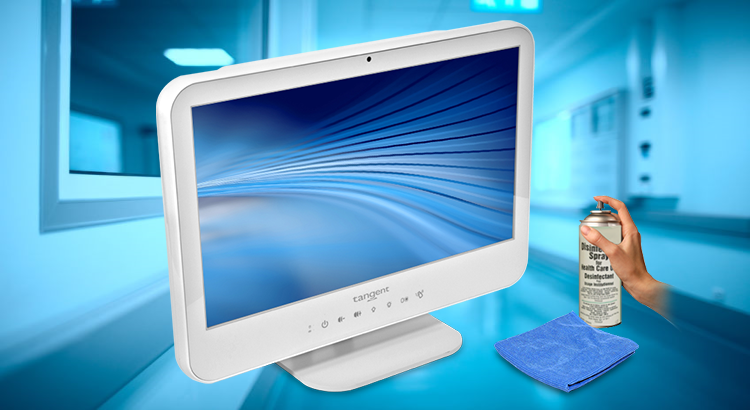
Sanitizable Computers For 24/7 Use
While the current situation the world faces is unprecedented, the healthcare industry has stepped up to make sure that the world remains as safe as possible. Hospitals around the country have made due with limited supplies as supplies of PPE. Working around the clock, hospitals and healthcare workers have stepped up to the plate and […]

Telehealth Computers: How to Effectively Set Up Your Hospital
In these times, it is becoming increasingly risky to have healthy patients enter hospitals where they can easily become disease vectors. Because of this, many hospitals are transitioning doctor visits to telehealth visits. Telehealth refers to medical computer based doctor visits, where a doctor uses a medical computer to video-chat with their patient. Telehealth has […]
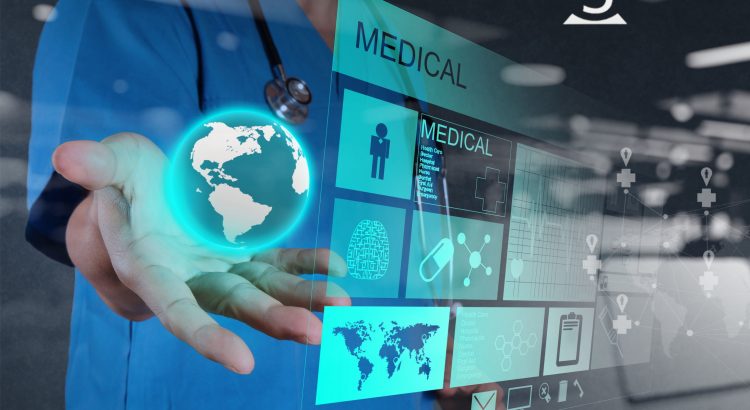
The Importance Of Antimicrobial Medical PCs
We all like to think of hospitals as places in society where people go to get healthier, and for the most part this is true. However, this is not always the case as hospitals can inadvertently become breeding grounds for harmful diseases. The CDC estimates that each and every day, 1 in 31 hospitals will […]

Boosting Efficiency In Your Hospital
While not every healthcare provider is excited about the transition from paper health records to electronic health records (EHR), the amount of time saved by this transition cannot be ignored. When paired with medical tablets, the use of EHRs in the hospital is exponentially faster, allowing medical staff to instantly access patient information wherever they […]

Emergency Services Benefit From Medical Tablets
The fires ravaging California are a grim reminder that the world as we know it is changing, in part, due to climate change. According to the Fourth National Climate Assessment, we can expect the acreage burned by wildfires to increase on a yearly basis as the amount of greenhouse gases in the atmosphere increases. As […]
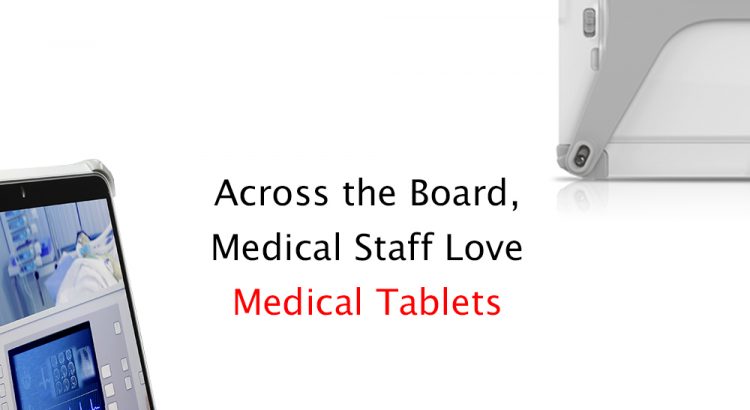
Medical Staff Love Medical Tablets
These days, it seems rare for groups to be able to find common ground, let alone fully agree on an issue. However, a recent study has shown that over 90% of medical staff comprised of individuals at various levels surveyed felt their institution should support tablet integration in their hospitals and clinics. The survey asked […]

Preparing Your Hospital For Hurricanes And Other Natural Disasters
While we tend not to think of worst case scenarios, it is important that we are prepared for them. Natural disasters are inherently unpredictable, and it is up to individuals and organizations to be prepared when disaster strikes. Unfortunately, we may not be as prepared as we would like to think. According to the National […]
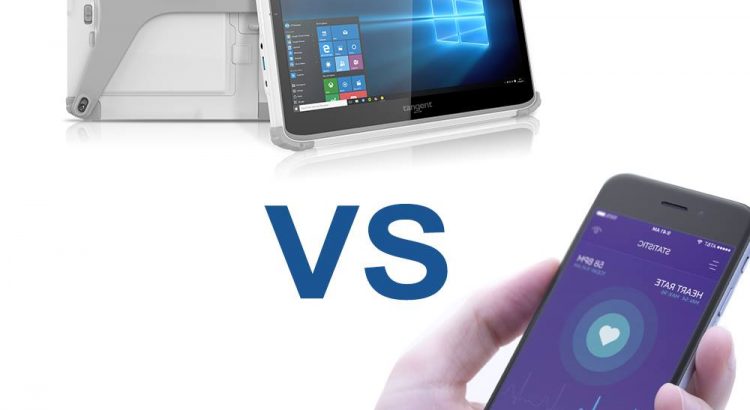
Mobile Phone vs Medical Tablet: What’s Best in Healthcare?
Technology you encounter at hospitals can be a tad confusing or funny at times. You see million dollar state-of-the-art scanners and treatment machines, but then you also see a doctor walk by with a 90s style pager clipped to their pocket. The reason for this is that they both suit their purpose best. The […]
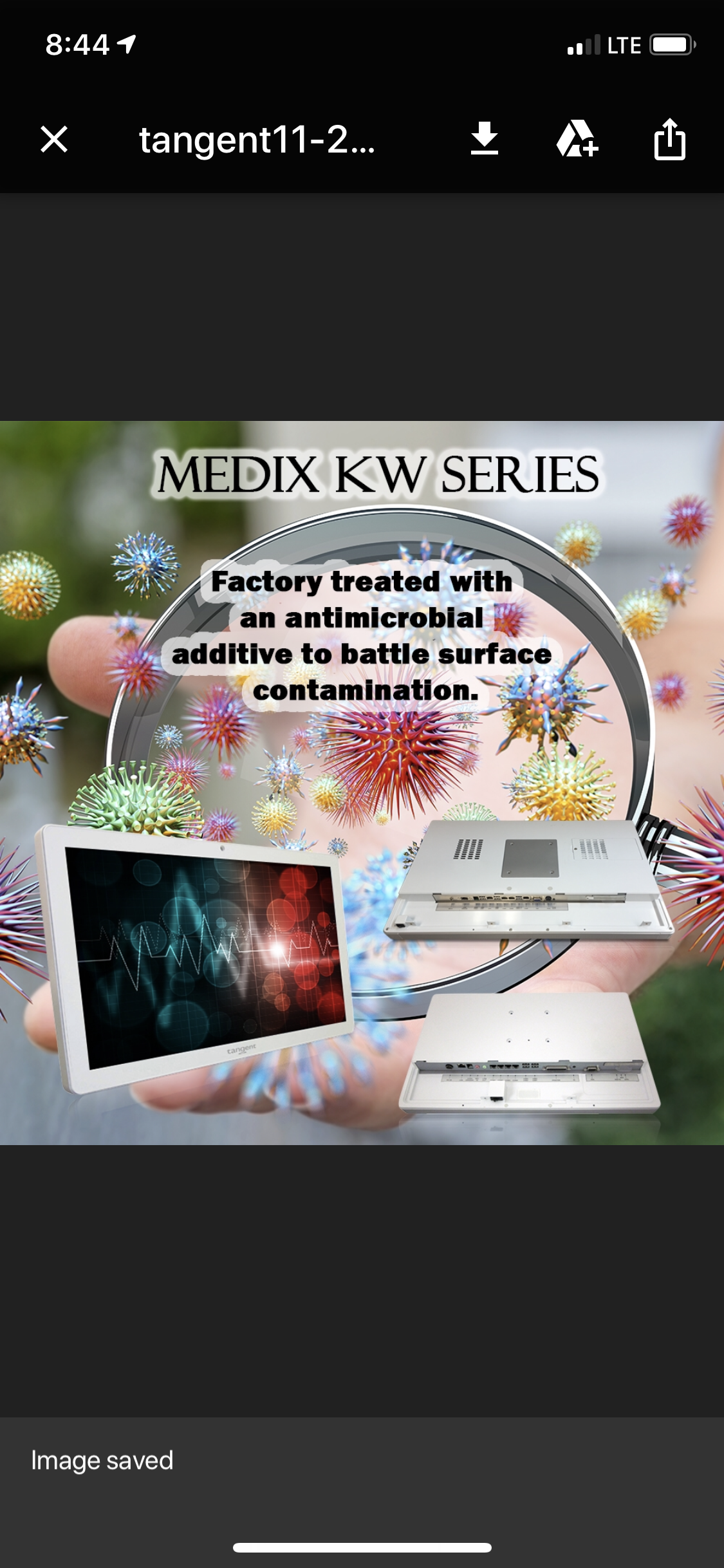
Medical Tablets for Sanitation
Medical Tablets: Handheld and Sanitary Computer Solutions People tend to forget that public computers and touchscreens are prime breeding grounds for bacteria and infection. Just this week, a study done by a British newspaper, Metro, announced that they found gut and fecal bacteria on the touchscreen computers in all eight of the McDonald’s […]
